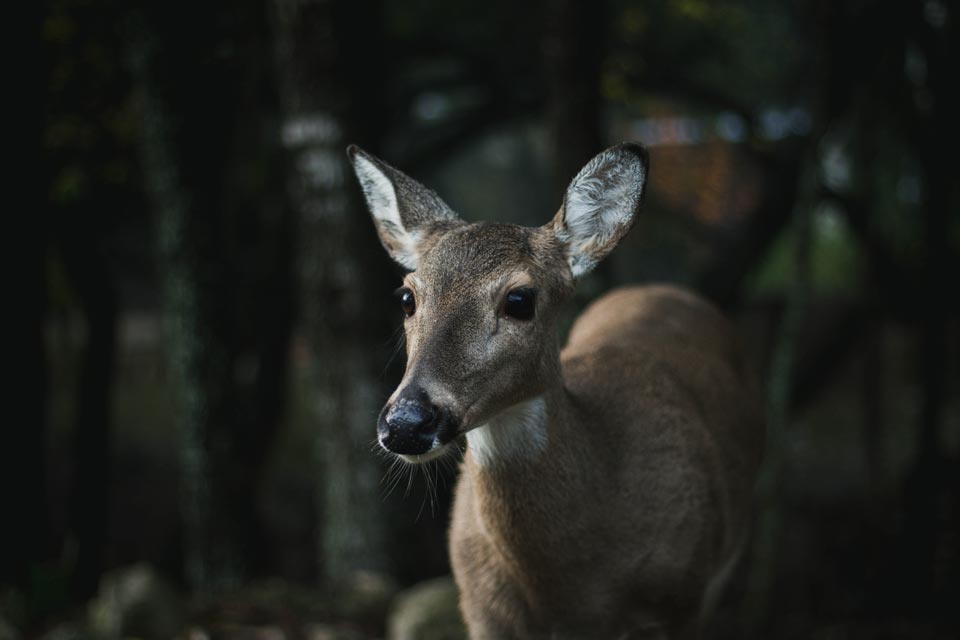Field work is always an adventure. This adventure truly started the night before as I tried to sleep. Around 11 PM my phone buzzed near my head. It was an email from a Vaginal Implant Transmitter (VIT). Hurray!
Why am I excited to receive an email from a vaginal implant in the middle of the night? Labor during fawning averages about 120 minutes.
VITs help us find fawns! They were implanted months ago and have the awesome ability to communicate via email. During birth, the VIT is pushed out of the doe by the coming fawn and sends an email notifying the capture crew and me when it was expelled.
Here is a video clip a reader of this blog shared with us of twin fawns being born. The first clip is right after birth where the mother gets up and starts licking the fawn.
So at 5 am (after hitting the snooze button one to many times), I rushed out the door. At the office, I investigated the last known location of the doe using information from her GPS collar. Using the last known location and radio signals transmitted from the VIT makes finding the birthing site a lot easier.
Fawns begin standing 35 minutes and nursing 45 minutes after birth.
Fawns and their moms will stay close to the birthing site in the hours following birth because of the fawn’s limited mobility. The doe will lick her fawn clean and nurse to bond with it. Because of the stress of labor and this critical bonding period, we do not disturb does and fawns until six hours after the VIT email notification.
Here is another clip of the fawn being cleaned and the two bonding.
Armed with information, and caffeine, I headed out to meet the southern fawn capture crew. Using mom’s last known location from 12 hours before and signals from the VIT, we drove as close as we could to the site. This doe had decided to give birth in a hay field with an L–shaped tree line right in the middle. Smart mom! This would provide her with food, hiding cover, and shelter for her and her new baby.
Two crew members went in first to follow radio signals from the doe collar to get close to her – and likely her fawn. After ten short minutes, I received a call for the rest of us to come in and help search. Mom had been cooling off in the shade of the trees and the radio signal from the VIT indicated it was close by in the hayfield.
Over 70% of adult does give birth to twins in Pennsylvania.
Using six team members to search we found the VIT located 20 feet from the tree line in the center of a possible birthing location. From here we moved cautiously. Day-old fawns hiding in tall hay are hard to see and we knew we were close. Almost immediately a fawn was spotted!
It is common for white-tailed deer to have twins so without disturbing the first fawn we continued to search. Fawns hide to survive so all we had to do was remember where it was. Within five minutes a second fawn was found!
Now the clock was really ticking. We try to limit our time interacting with fawns in order to reduce stress. We quickly weighed, sexed, and fitted each fawn with ear tags and a radio collar. We finished and left the fawns where we found them.
This brother and sister were waiting patiently for mom to return as we walked away.
-Tess Gingery
M.S. graduate student
Department of Ecosystem Science and Management
PA Cooperative Fish & Wildlife Research Unit
